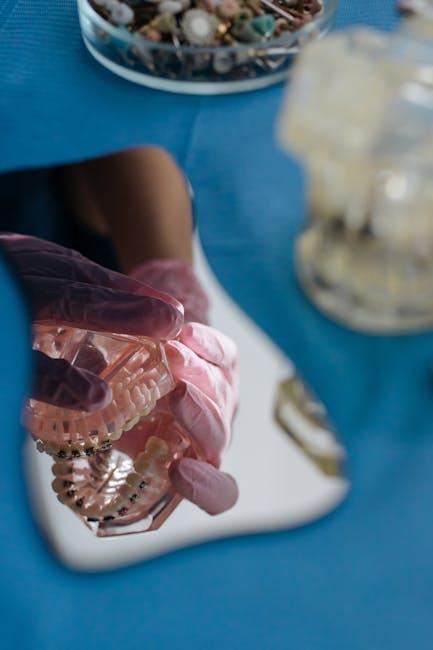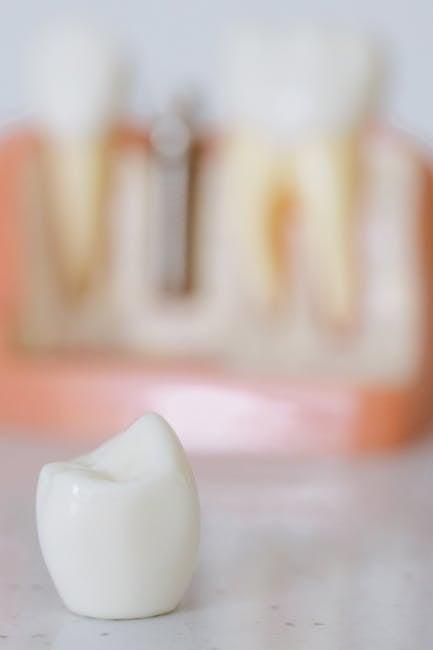
Dental Prosthetics Market to Reach US$ 6,621.5 Mn by 2032 Driven by Aging Population & Aesthetics
The global dental prosthetics market is experiencing a robust growth trajectory, with projections estimating it to reach an impressive US$ 6,621.5 million by 2032. This surge is propelled by a rapidly aging population and a growing emphasis on aesthetic dentistry. As awareness around oral health improves alongside technological advancements, dental prosthetics continue to emerge as a vital solution for tooth loss and dental rehabilitation worldwide.
Understanding the Dental Prosthetics Market
Dental prosthetics encompass a range of devices designed to replace missing teeth and restore oral function, appearance, and comfort. This includes dentures, crowns, bridges, dental implants, and other removable or fixed appliances. The market covers both traditional prosthetics and advanced digital dentistry innovations, driven by increasing patient demand for functional and aesthetically pleasing dental solutions.
Key Market Segments
- Type: Dentures, Dental Implants, Crowns & Bridges, Others
- End User: Dental Hospitals & Clinics, Dental Laboratories, Specialty Clinics
- Region: North America, Europe, Asia-Pacific, Latin America, Middle East & Africa
Major Drivers Fueling Market Growth
The accelerated growth of the dental prosthetics market can be attributed to several dynamic factors:
- Aging Population: As the global population ages, there is a notable increase in dental conditions such as tooth loss and periodontal diseases, which necessitate the use of prosthetics.
- Rising Demand for Aesthetic Dentistry: Modern consumers increasingly prioritize smile aesthetics, boosting demand for advanced prosthetic solutions such as implant-supported dentures and ceramic crowns.
- Technological Advancements: Innovations like CAD/CAM, 3D printing, and biocompatible materials are enhancing precision, comfort, and durability of dental prosthetics.
- Increased Dental Awareness: Public health campaigns and improved access to dental care are encouraging early intervention and prosthetic treatments.
- Growing Disposable Income: Higher disposable income in emerging economies enables more people to afford dental prosthetic procedures.
Market Trends and Innovations
Investors and dental professionals are closely monitoring several evolving trends shaping the dental prosthetics landscape:
- Digital Dentistry Adoption: Digital impressions and CAD/CAM prosthetics fabrication are revolutionizing treatment accuracy and turnaround times.
- Material Advances: Zirconia and other ceramic materials offer better aesthetics and biocompatibility than traditional metals.
- Mini Dental Implants: These smaller implants provide less invasive options for patients with limited bone density.
- Personalized Solutions: 3D printing enables customized prosthetics tailored precisely to patient anatomy.
Benefits of Dental Prosthetics
Choosing dental prosthetics offers multiple advantages that significantly improve patients’ quality of life:
- Restores Oral Function: Enables patients to chew, speak, and smile with confidence.
- Prevents Bone Loss: Dental implants stimulate the jawbone and reduce resorption.
- Improves Facial Aesthetics: Prosthetics support facial muscles to maintain natural appearance.
- Enhances Self-Esteem: A complete, attractive smile boosts psychological well-being.
- Cost-Effective Solutions: Options range from affordable dentures to premium implants catering to diverse budgets.
Case Study: Impact of Aging Population on Market Growth
In countries like Japan and Germany, where the elderly population exceeds 20%, the demand for dental prosthetics has surged remarkably. For instance, Japan’s Ministry of Health reported a 30% increase in dental implant procedures among seniors over the last five years. This demographic trend not only bolsters domestic market growth but also encourages international dental companies to innovate products tailored for aging patients.
Practical Tips for Choosing the Right Dental Prosthetics
For patients considering dental prosthetics, the following tips can help ensure a successful outcome:
- Consult a Specialist: Seek advice from prosthodontists or oral surgeons specialized in dental prosthetics.
- Assess Your Needs: Determine if you require fixed implants, removable dentures, or crown-and-bridge systems.
- Consider Material Quality: Prioritize biocompatible, durable, and aesthetically pleasing materials.
- Evaluate Maintenance: Understand the cleaning and longevity requirements of different prosthetic types.
- Review Cost and Insurance: Compare treatment costs and check for insurance coverage or financing options.
Global Dental Prosthetics Market Forecast (2023-2032)
| Year | Market Size (US$ Mn) | Growth Rate (%) |
|---|---|---|
| 2023 | 3,800.0 | — |
| 2025 | 4,500.5 | 8.4% |
| 2028 | 5,300.7 | 6.1% |
| 2030 | 6,000.2 | 5.9% |
| 2032 | 6,621.5 | 5.1% |
Conclusion
The future of the dental prosthetics market looks highly promising, backed by strong demand from the aging global population and the ever-growing interest in aesthetic dentistry. With continuous technological advancements and increasing dental awareness, both patients and practitioners stand to benefit from improved prosthetic options that cater to function, comfort, and beauty. As the market approaches an estimated valuation of US$ 6,621.5 million by 2032, stakeholders must stay abreast of emerging trends and innovations to capitalize on this lucrative opportunity.
If you are considering dental prosthetics for yourself or are an industry stakeholder, understanding these market dynamics and patient preferences will be key to making informed decisions and fostering long-term success.


